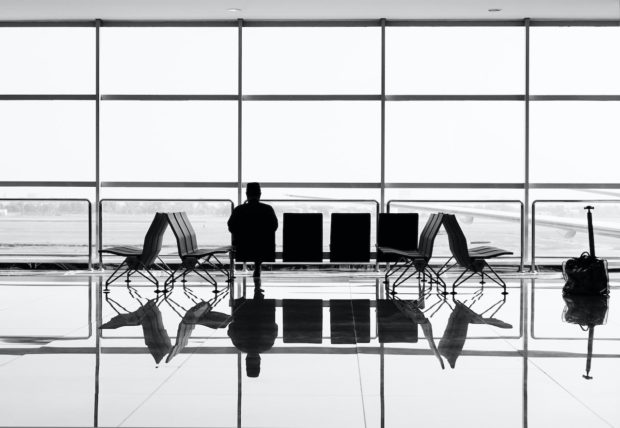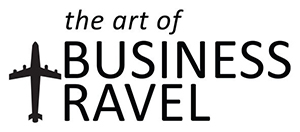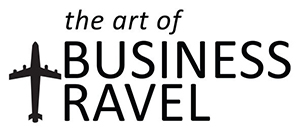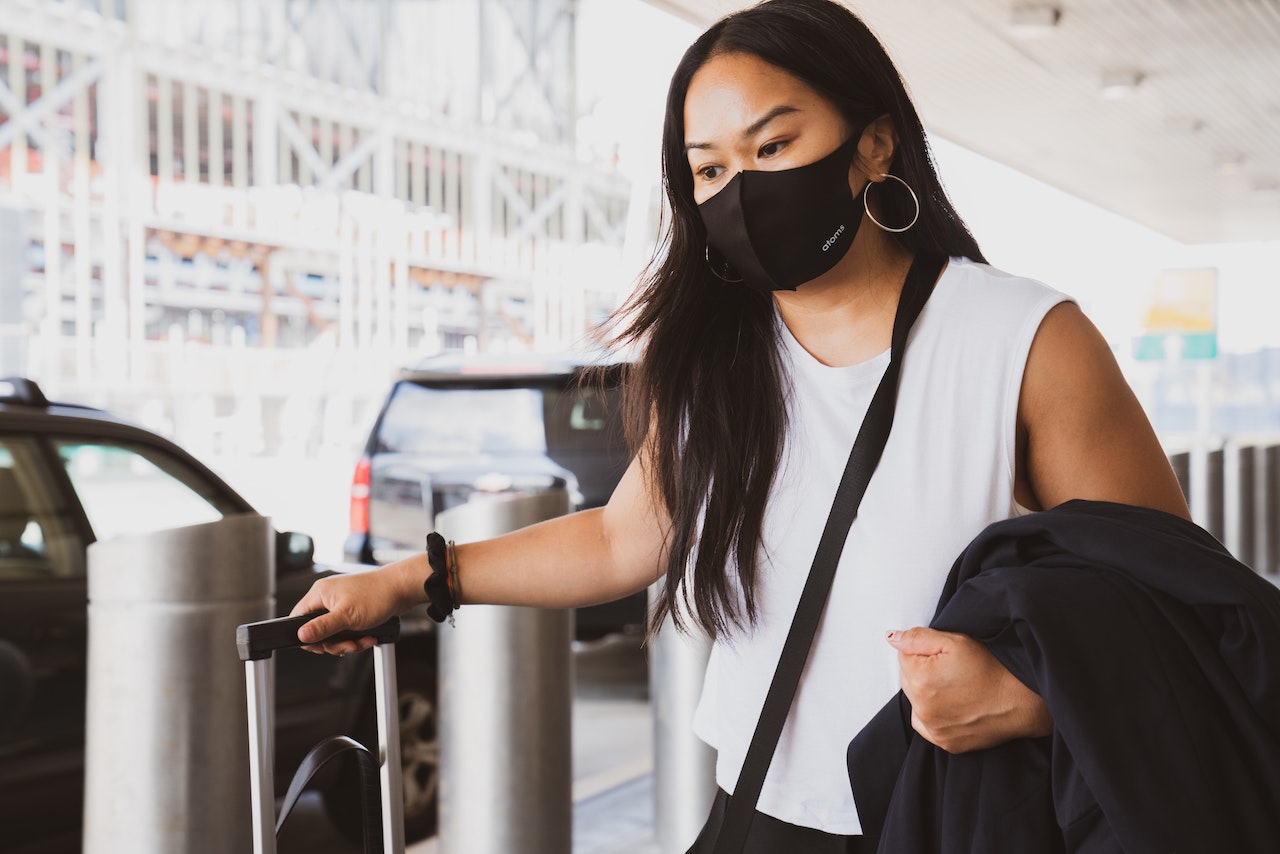
Jeremy Prout, Security Director, Americas for International SOS, discusses risk management for business travellers in the post-Covid world.
Executives have been eager to return to operations – both in the office and on the road. We’re also learning that business travellers are more eager than ever to book trips after having to stay at home most of 2020 and 2021. However, the Covid-19 crisis has fundamentally impacted travel, both domestically and internationally in unprecedented ways.
As we look at the year ahead, the mobile workforce will continue to face similar challenges to what they have experienced since the start of the pandemic. International SOS, the world’s largest health and security risk mitigation company, has released its annual Risk Outlook report, predicting the top threats and trends to organizations and their employees for the year. The report also revealed that in the last year there has been a 10% increase in international travel each month and a seven-fold increase in domestic travel since the start of the pandemic, despite the fast-spreading Omicron variant. The report also reveals that the workforce is also becoming more and more comfortable with the idea of business travel, as 73% of folks indicated they are more willing to travel domestically for work, rather than go into the office.
It is predicted that 68% of decision-makers in charge of making the call when it comes to Covid-related business travel guidelines predict risk levels will only increase or remain steady throughout the year. Regardless of the destination, there is undoubtedly a heightened risk for travellers during the pandemic, and while travel is back, there are must-have safety protocols that should be implemented when travelling for business from a security and health perspective.
Prior to booking travel, employees and employers should have a full understanding of the level of risk at any given destination. International SOS’ Travel Risk Map is a handy tool for businesses and staff to use to understand the level of risk of any destination from a health and security standpoint, and also factors in Covid-19 related issues.
If an organization is planning to send an employee on a trip, all meetings and happenings during the trip should strictly follow federal and local authorities’ safety requirements and recommendations at the given location. We know that restrictions and requirements can change at a drop of a dime prior to travel or even while an employee is at their destination, so organisations should be sure to implement a smooth process for keeping employees “in-the-know” on an ongoing basis. Organisations should also encourage employees to speak with their airline before travelling too.
Aside from Covid-19 concerns, the Risk Outlook report reveals that 19% of business travellers have other safety concerns. It was reported that 16% of travellers are worried about security threats, such as civil unrest, terrorism, and other geopolitical issues. The best way for business travellers to protect themselves against safety risks while travelling is to prepare prior to departure. Regardless of the destination, travellers should conduct research to better understand the level of risk, safety protocols, and how to get help in the event of an emergency. For example, prior to travelling, be sure to research and book trusted accommodations, and know where the nearest hospitals are in the event of an emergency. By recognizing these kinds of vulnerabilities, you’re taking the necessary precautions to mitigate risks.
It’s imperative for organisations to stress the importance of preparation ahead of travel and to ensure that the mobile workforce understands the risks associated with any given destination. This can ultimately help protect the travelling workforce and make them feel secure in the current, ever-changing climate.
For more Mile High Club commentary click here.
STAY IN THE KNOW BY FOLLOWING US ON FACEBOOK, INSTAGRAM, & LINKEDIN






